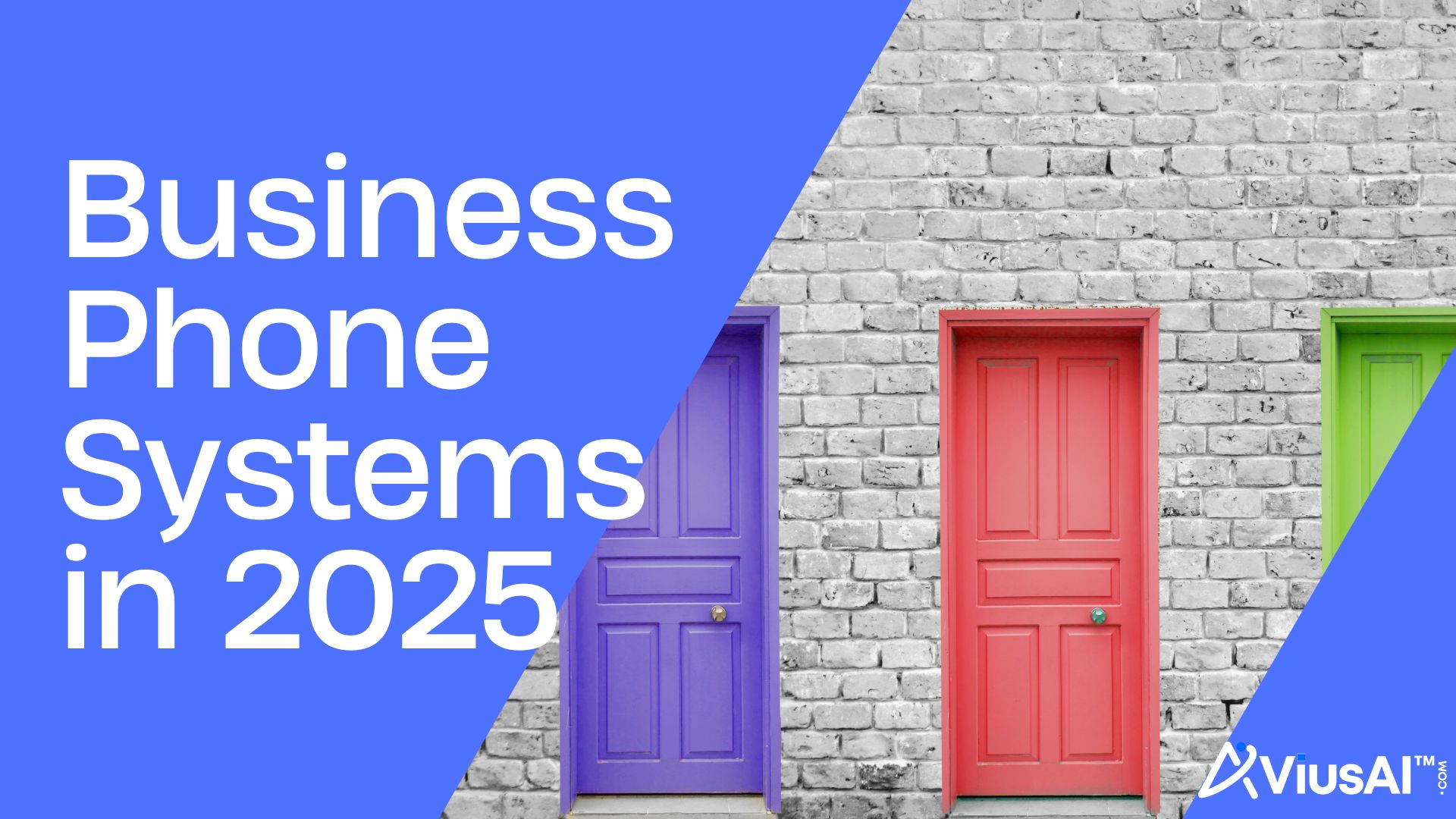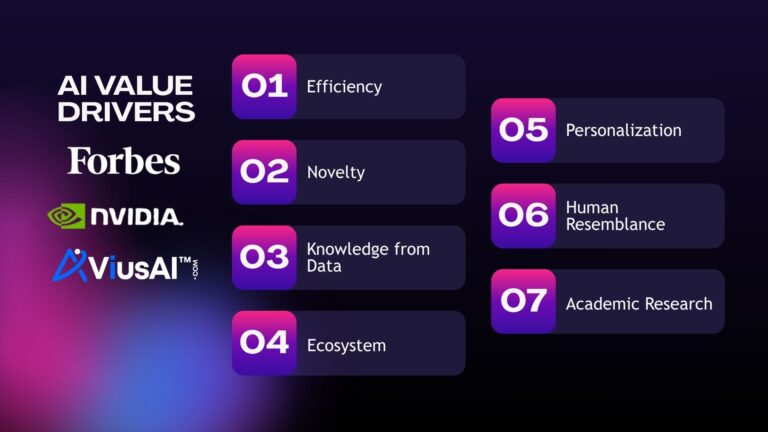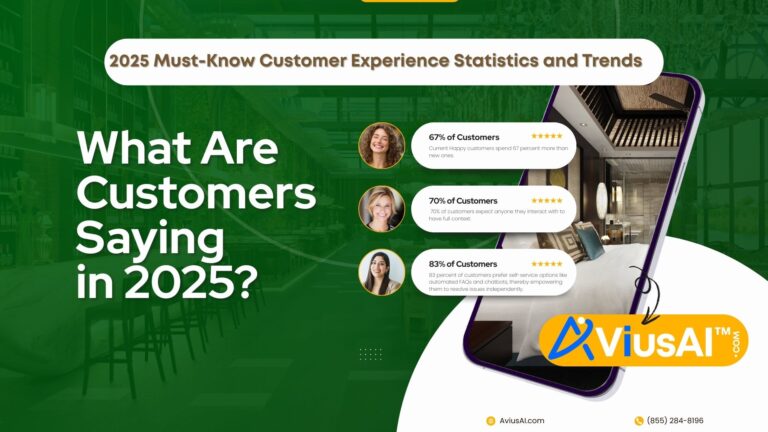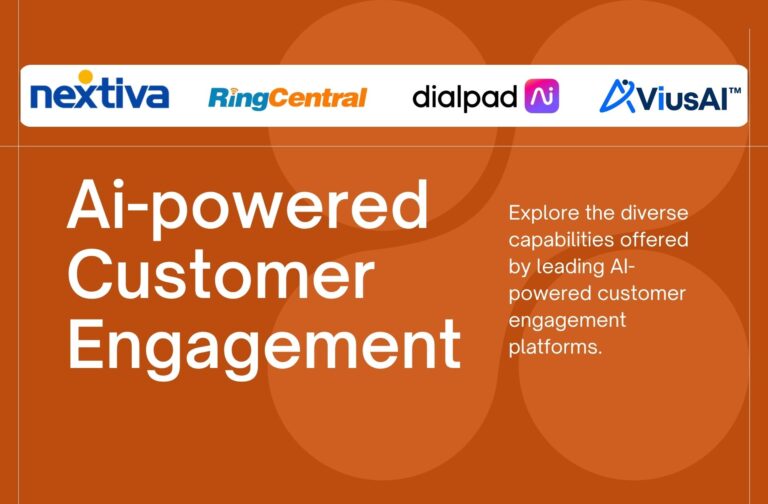Business phone systems in 2025, including no PBX, on-premise PBX, cloud PBX, and AI PBX from Avius AI.
Exploring the Different Types of Business Phone Systems in 2025: No PBX, On-Premise PBX, Cloud PBX, and AI PBX
In today’s fast-paced business communication landscape, companies must carefully choose the right phone system to ensure efficiency, scalability, and customer satisfaction. Over the past two decades, phone technology has evolved drastically – from simple landlines and analog PBX systems to fully virtualized, AI-powered communication platforms. The choices can sometimes feel overwhelming, but the decision comes down to aligning the correct system with a business’s size, budget, workflow, and long-term growth goals.
This article explores the four main categories of business phone systems:
- No PBX (basic phone setups without a private branch exchange)
- On-Premise PBX (traditional hardware-driven systems)
- Cloud PBX (virtual PBX delivered through the internet)
- AI PBX (next-generation systems like Avius AI that utilize Agentic artificial intelligence for automation and cost reduction)
By understanding the strengths and limitations of each, businesses can make informed decisions about which platform will best serve their present and future needs.
What is a PBX?
A PBX (Private Branch Exchange) is a private telephone network used within a company. Instead of routing every call directly through the public telephone network, a PBX lets businesses manage internal calls between employees and external calls through shared phone lines.
PBXs historically required bulky equipment, dedicated phone lines, and ongoing maintenance. Over time, they evolved into IP-PBXs, which handle digital signals via the internet rather than traditional copper wiring.
Today, we can categorize how businesses use phone systems as either lacking a PBX entirely, relying on hardware PBXs, using cloud-hosted PBXs, or moving into AI-driven PBXs. Each choice comes with trade-offs in cost, flexibility, and control.
No PBX: The Simplest Setup
For smaller businesses, even successful business that simply do not know what options exist, especially startups or sole proprietors, investing in a PBX might feel unnecessary. This is where the no PBX setup is often the first choice.

How it Works
- Employees or the business owner use direct landlines, mobile phones, or simple VoIP lines (Google voice, etc) provided by carriers.
- There is no centralized phone system to route calls internally; each phone number functions independently.
- Communication often relies on call forwarding or mobile devices rather than office desk phones.
Advantages
- Cost-effective: No significant upfront investment. Businesses only pay for regular phone service or mobile phone plans.
- Simplicity: Easy to set up and manage. No IT staff required to install equipment or maintain a system.
- Mobility: It can work for very small businesses that run primarily on mobile phones.
Limitations
- Unprofessional image: Customers calling may get directed to personal cell phones, which can appear less professional.
- No central call routing: Calls cannot be transferred between staff easily.
- Limited scalability: As the company grows, coordinating phone use without a PBX becomes confusing and inefficient.
No PBX setups are most common in solo consulting practices, freelancers, or micro-businesses that prioritize keeping costs low in the early stages. However, they are almost never the right long-term solution for companies with more than a handful of employees.
On-Premise PBX: The Traditional/Legacy Business Phone System
For decades, the on-premise PBX was the gold standard for corporate communications. In this model, a company installs all PBX equipment—usually large racks of hardware—on-site at their office location. These systems require switching hardware, phone servers, and connections to the public telephone network.

How it Works
- A company buys and installs PBX hardware in its office.
- Phones connect via wired desk sets to the central equipment.
- Internal calls are routed entirely within the PBX. External calls are routed to the outside telephone network using lines like ISDN, PRI, or SIP trunks.
Advantages
- Complete control: Businesses manage the system independently, customizing features and call routing based on their needs.
- Security: Since the system lives on-site, organizations have direct ownership of data and call controls.
- Reliability: Historically, on-site PBXs offered dependable performance not tied to internet connectivity.
Limitations
- High upfront costs: Equipment and installation can run into tens of thousands of dollars, making it cost-prohibitive for many small businesses.
- Maintenance requirements: On-site IT teams or telecom vendors are required to maintain and upgrade the system.
- Limited flexibility: Scaling requires purchasing additional equipment. Adding remote employees or integrating with mobile devices is cumbersome, or sometimes not even possible.
- Obsolescence risk: Many on-premise PBX models cannot keep pace with rapid software-driven innovation in cloud communications. NEC, one of the largest on premise PBX companies has ended sales in the USA as of December 31, 2024. They also state that support services for their on premise PBX products will be phased out, with a target end date of March 31, 2026.
On-premise PBXs still exist today, primarily in large enterprises, government institutions, or industries with strict security compliance requirements. However, the general market trend is shifting away from expensive hardware solutions to cloud or AI-driven alternatives.
Cloud PBX: The Modern Standard
The cloud PBX, also called a hosted PBX or virtual PBX, is now the dominant business phone system model for small and medium-sized enterprises. Instead of housing expensive equipment in an office, the PBX functionality is delivered over the internet by a service provider.

How it Works
- Businesses subscribe to a hosted service where the provider manages the PBX infrastructure in data centers, not on the customer premise.
- Desk phones, softphones, or mobile apps connect locally via the internet to the hosted PBX.
- Features like call forwarding, voicemail-to-email, IVR (interactive voice response), and conferencing are generally included in the subscription.
Advantages
- Lower costs: No upfront PBX equipment purchases beyond phone hardware or licenses. Pricing is typically a predictable monthly subscription per user.
- Scalability: Adding or removing users is done instantly through a web portal.
- Mobility: Employees can make or receive calls from anywhere using smartphones, computers, laptops, or desk phones.
- Advanced features: Features like call analytics, auto-attendants, voicemail transcriptions, and integrations with CRM systems are built into most hosted PBX platforms.
- Reduced IT burden: The provider handles updates, security patches, and infrastructure. The local IT staff sets up local hardware and administers the system via a web portal.
Limitations
- Internet dependency: Service reliability depends on the quality of an organization’s internet connection. Poor internet connectivity can cause call drops or voice quality issues.
- Recurring costs: While less expensive than on-premise PBXs upfront, monthly subscriptions accumulate over time.
- Data security: Sensitive industries must weigh the risks of storing call data off-site.
Cloud PBX’s are the preferred choice for most businesses due to their flexibility, affordability, and ability to adapt to remote or hybrid workforce’s.
AI PBX: The Future with Avius AI
The latest evolution in business phone systems is the AI-powered PBX. Companies like Avius AI have taken cloud PBX foundations and infused them with smart artificial intelligence. Instead of simply routing calls, these systems provide intelligent call automation, conversational AI agents, and real-time workflows that dramatically boost efficiency and customer experience.
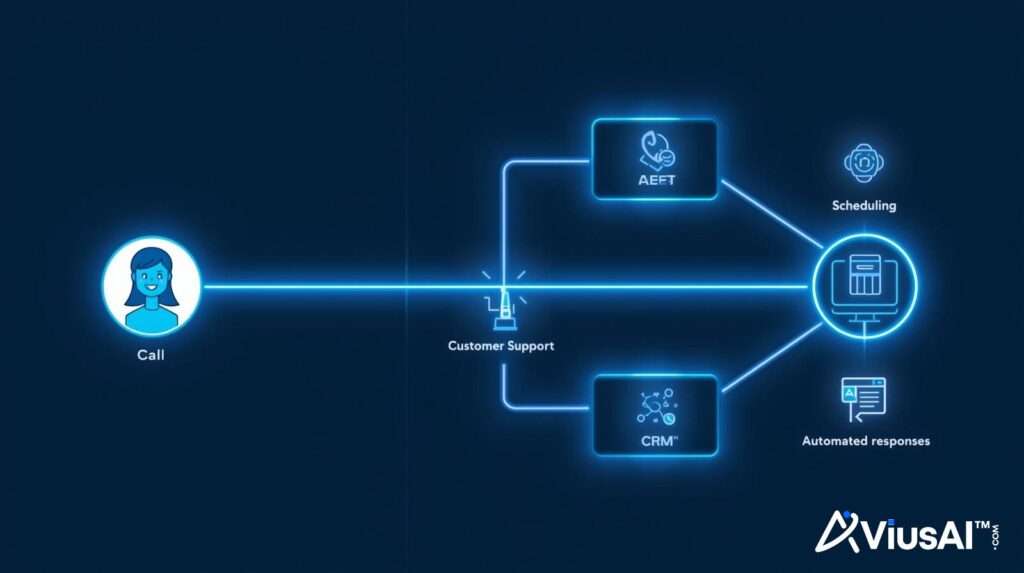
How Avius AI PBX Works
- At its core, Avius AI PBX combines cloud hosting with AI-driven voice automation.
- Businesses either forward their main number or use a new number provided by Avius to connect to the Avius AI System – similar to cloud PBX – but gain AI-powered functionality layered on the front end.
- Avius AI functions like contact center agents that can answer calls, process, and route calls (back to the business) with natural language understanding, reducing the need for live receptionists or large call center staffing.
- Workflows can be designed to handle repetitive tasks automatically, such as appointment scheduling, answering FAQ’s, executing data collection workflows and more.
Advantages
- Cost savings: Avius AI systems handle phone calls without the need for phone lines/call paths, and at a fraction of the cost of human contact center live agents. Many businesses report savings as high as 70% compared to traditional staffing models.
- Scalable automation: Unlike humans, Avius AI PBX systems can handle 200 concurrent phone calls, making them ideal for customer service centric industries.
- Consistency and brand alignment: Every call is answered professionally with the same brand voice, tone, and scripted accuracy. The system never has a bad day and makes your business available 24/7/365.
- Integration: Avius AI PBX connects directly to CRMs and other open API systems, creating seamless customer service workflows.
- Data Collection and insights: Agentic AI natural language processing extracts required data and insights from every call, helping businesses make data-driven decisions. Every phone call is converted into a call transcript that is emailed to your business.
Potential Limitations
- Learning curve: Businesses must realize the operational shift and the potential gains in productivity, which is hard to imagine at first since this level of technology simply has not existed in the past. The ROI is immediate in most cases.
- Dependence on provider: Sophisticated AI functionality requires specialized service providers like Avius AI; not all AI vendors can deliver it effectively.
- Customer preference: Some users still prefer speaking to a human for complex matters, meaning Avius AI should be paired with escalation paths such as a Cloud PBX to route calls to live person business staff.
The AI PBX market is rapidly growing as mid-size and enterprise businesses search for cost-efficient ways to manage high call volumes without sacrificing quality service. Companies using Avius AI PBX report increases in customer satisfaction while lowering operational expenses, a powerful one-two advantage.
Comparing No PBX, On-Premise PBX, Cloud PBX, and AI PBX
| Feature | No PBX | On-Premise PBX | Cloud PBX | AI PBX (Avius AI) |
|---|---|---|---|---|
| Cost | Low upfront costs, extremely limited features | High upfront investment, constant maintenance, support being phased out, limited features | Low upfront, monthly pricing, not all providers are the same level of quality | Predictable subscription, cost savings vs. human staff |
| Maintenance | None | Business responsibility | Provider-managed | Provider-managed, AI workflows |
| Scalability | Poor/None | Moderate (hardware adds required) | High (add users instantly) | Unlimited (beyond human capacity) |
| Features | Basic calling only | Standard telephony features | Advanced calling, IVR, Some AI integrations to augment human staff | Smart AI call handling, automation, data collection, workflow processing |
| Mobility | Limited | Limited | High | Very high (anywhere + AI assistants) |
| Professionalism | Low | High | High | Very high, brand-consistent, 24/7/365 availability. |
| Best For | Freelancers/micro businesses | Large enterprises, compliance-heavy industries | SMEs, hybrid teams | All business types |
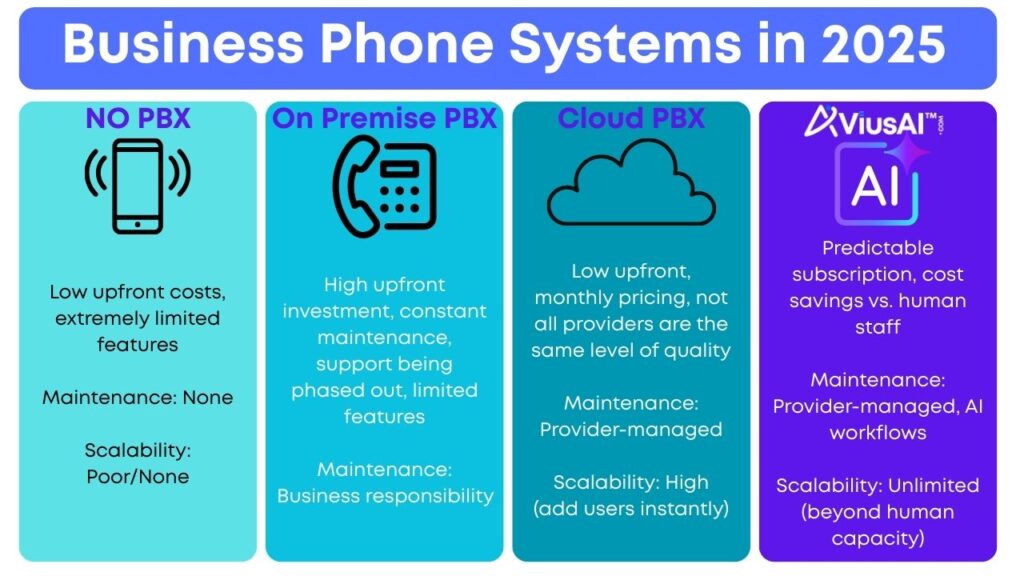
Key Considerations When Choosing a Phone System
When selecting between these four models, businesses should evaluate:
- Size and growth expectations: Startups may begin with no PBX but quickly need to upgrade. Scaling companies benefit most from cloud or AI solutions.
- Budget structure: Those with capital expenditure budgets might still consider on-premise PBX, but operational expenditure models favor cloud/AI PBX. On premise and Cloud PBX can increase capabilities beyond the limitations of their systems with Avius AI in place as the front end.
- Workforce setup: Remote and hybrid workers are better supported by cloud-based systems.
- Customer engagement needs: High-volume customer service environments derive the most value from AI PBX automation.
The Future of Business Phone Systems
Looking ahead, AI-powered PBX systems like Avius AI represent the clear direction of modern business communication. While no PBX and on-premise PBX setups remain in use for niche circumstances, most organizations will graduate to cloud-based telephony.
However, the real differentiator in 2025 and beyond is how effectively companies embrace AI automation to outpace competitors.
As customer expectations for responsiveness increase – and as businesses continue to seek cost reductions – intelligent AI PBXs will become the default. Avius AI, with its blend of hosted reliability and conversational AI, offers businesses of all sizes not just a communication system, but a competitive advantage.
Customers today are not comparing a business to your competitor, they are comparing you to the instant capabilities of Amazon and Netflix.
Would you like book an appointment or roll play with the Avius AI system? Book an appointment, call (855) 284-8196 and roll play your exact business with the demo. Avius AI is not “vaporware”, it exists right now and is ready to deploy immediately.

